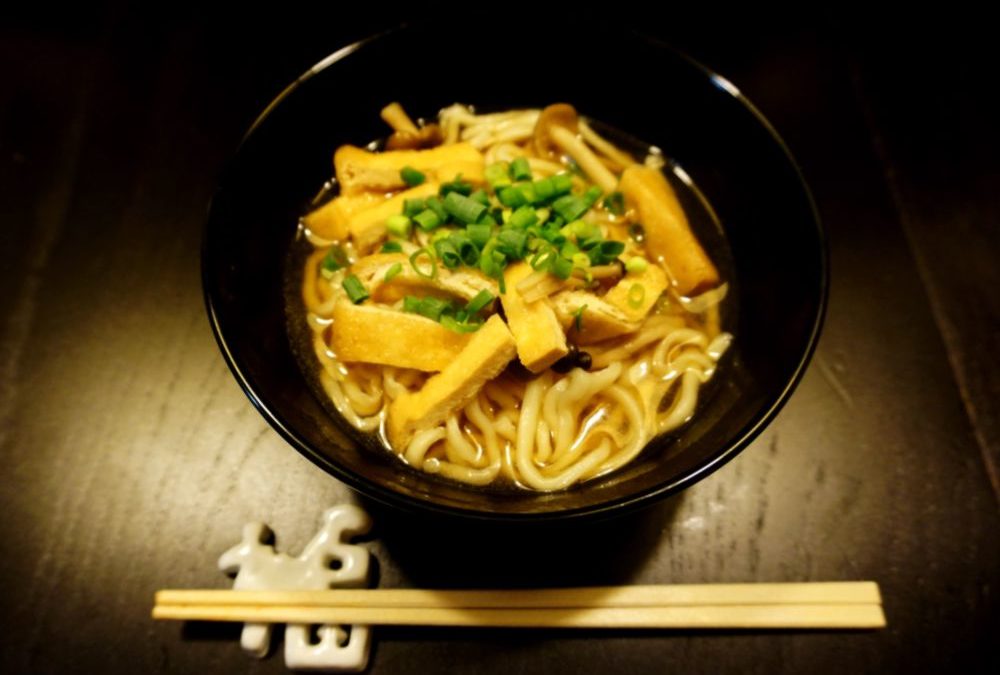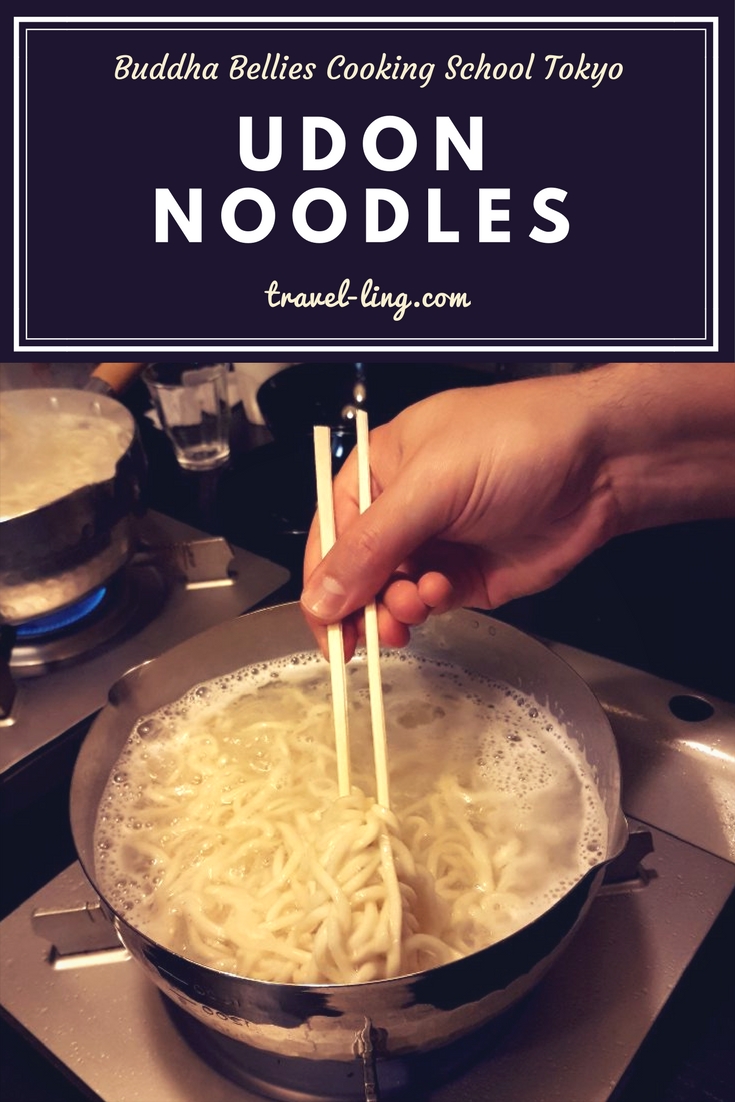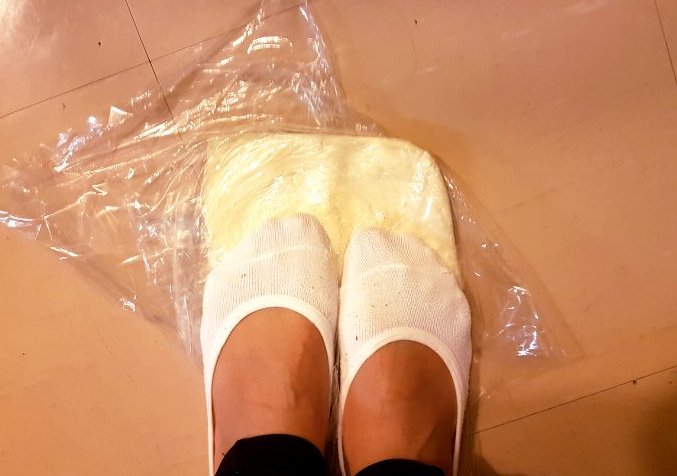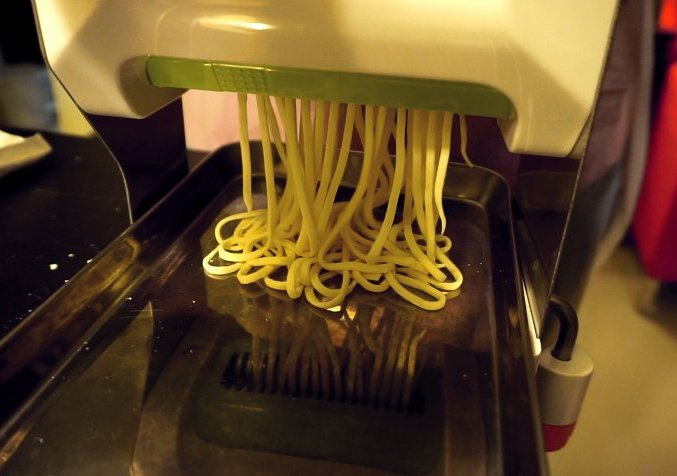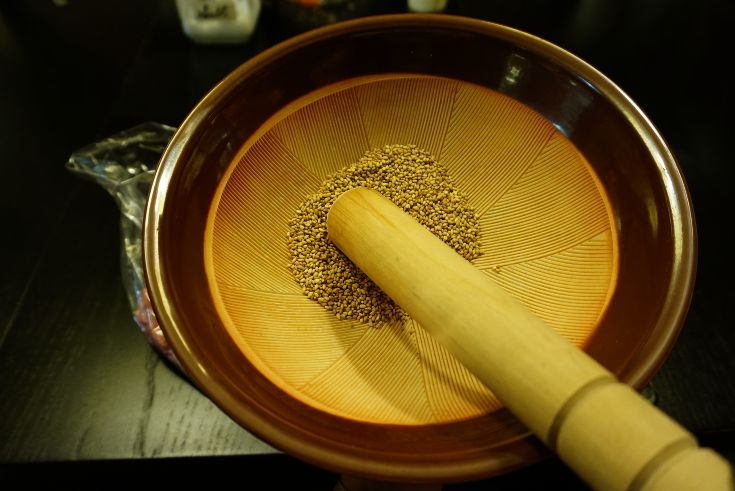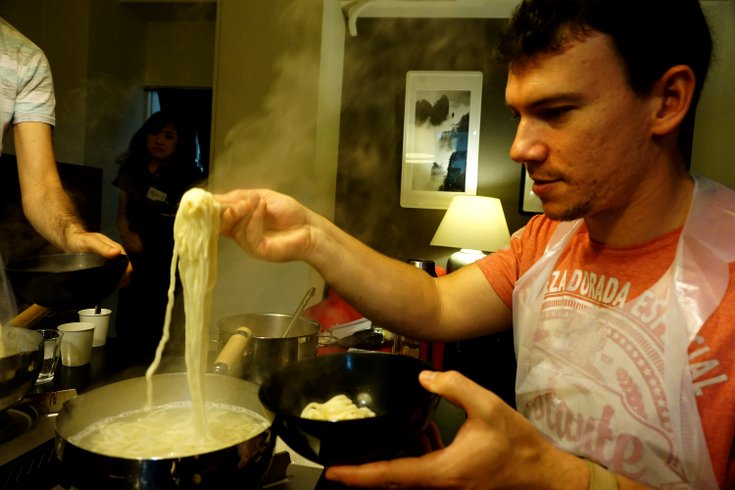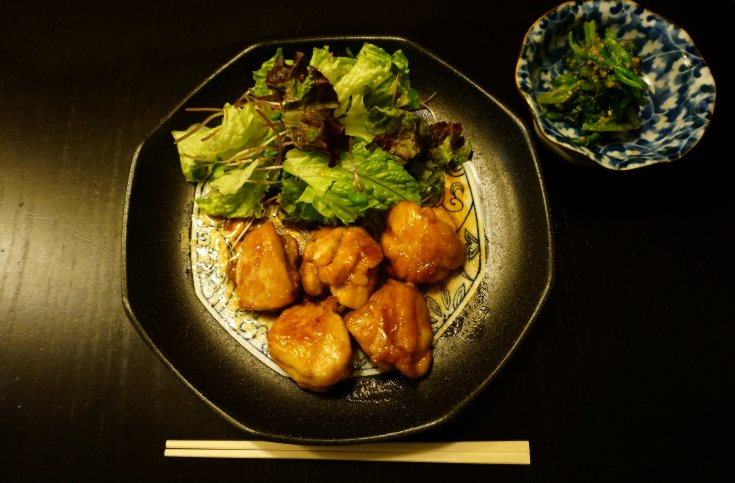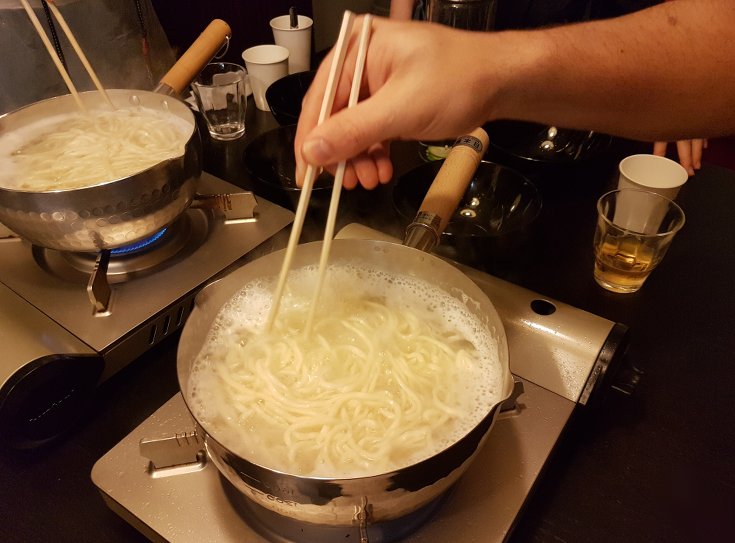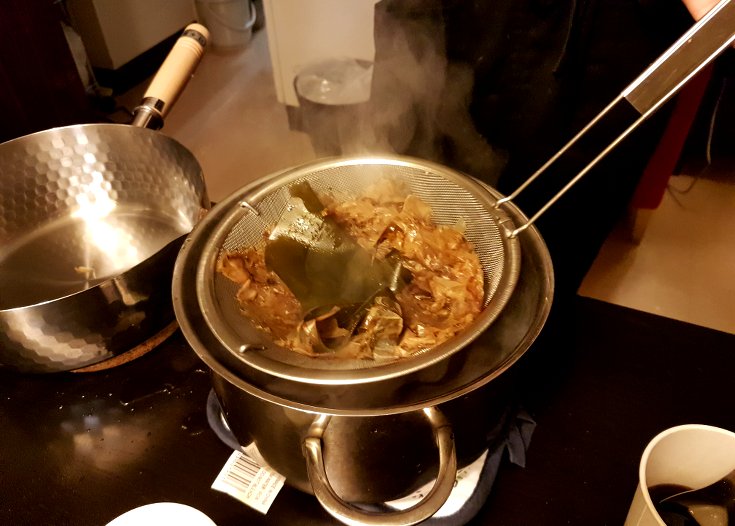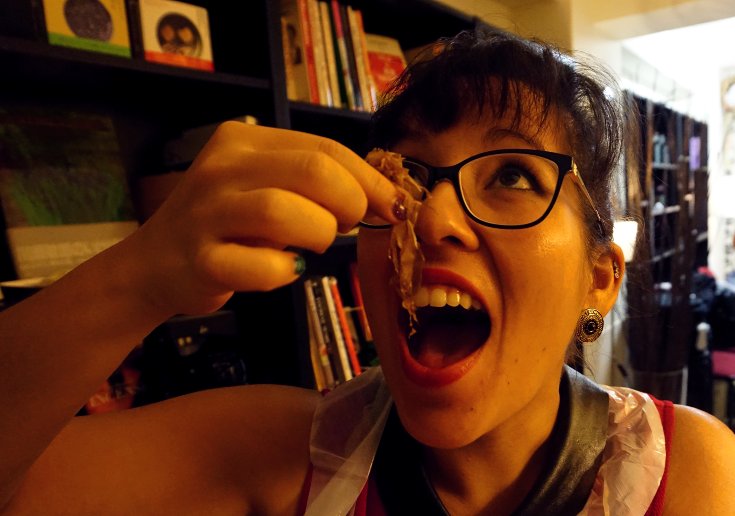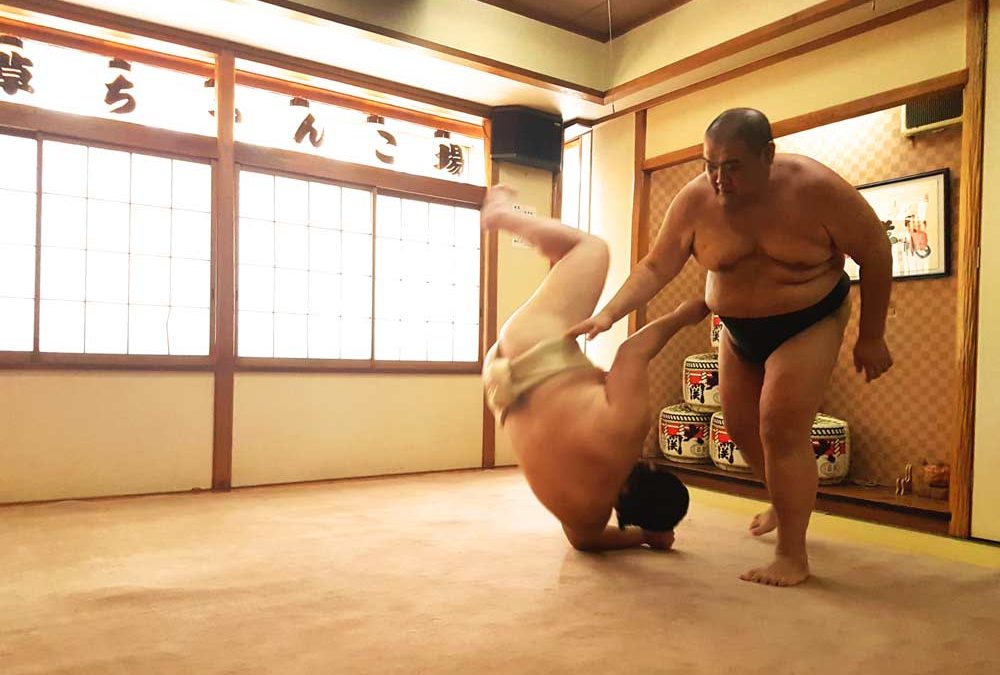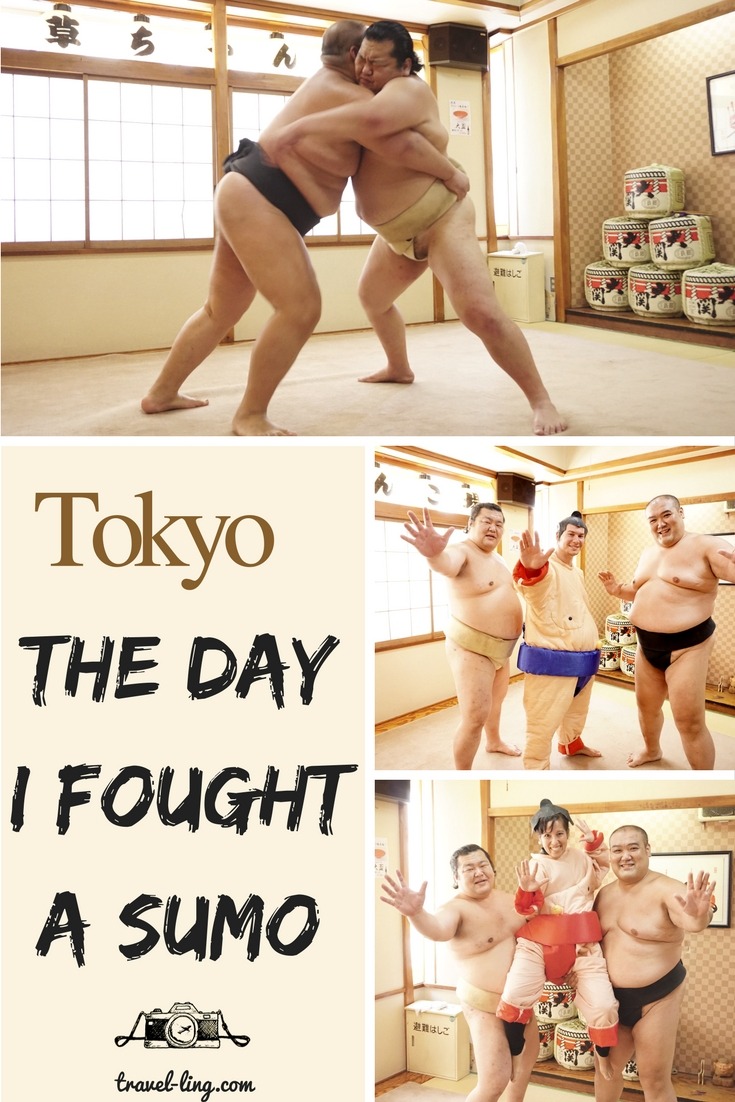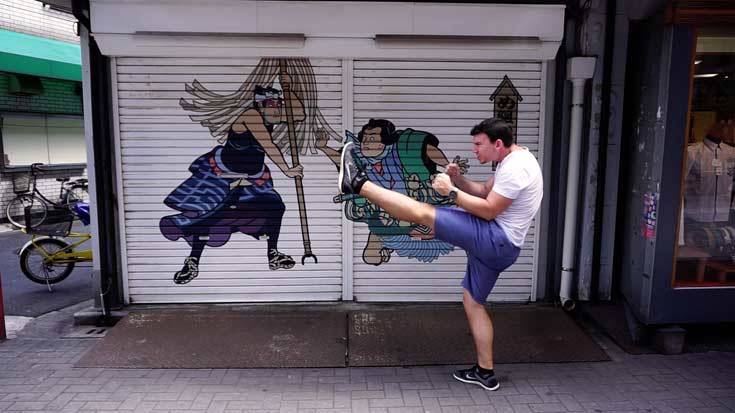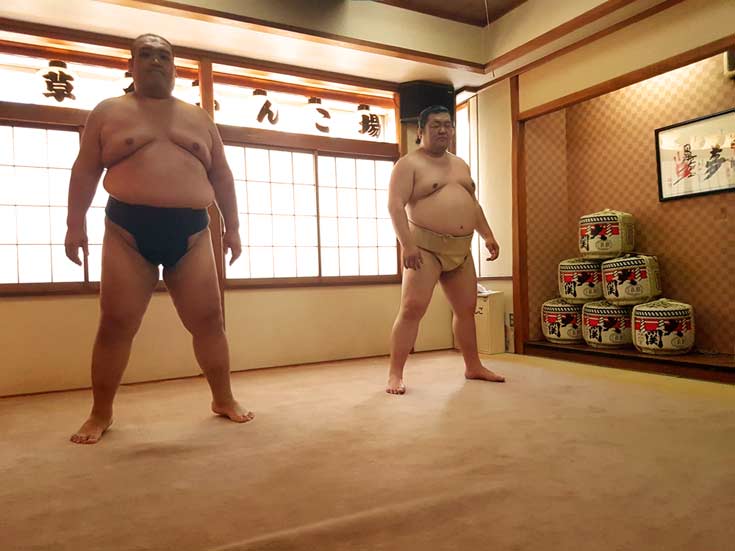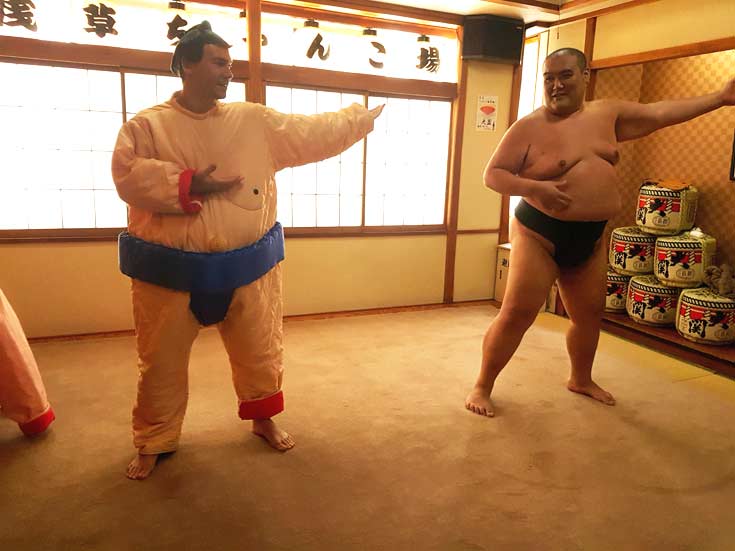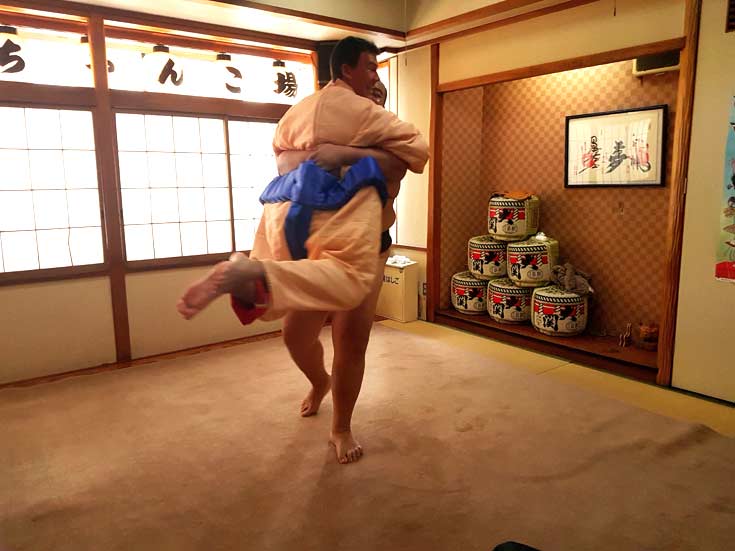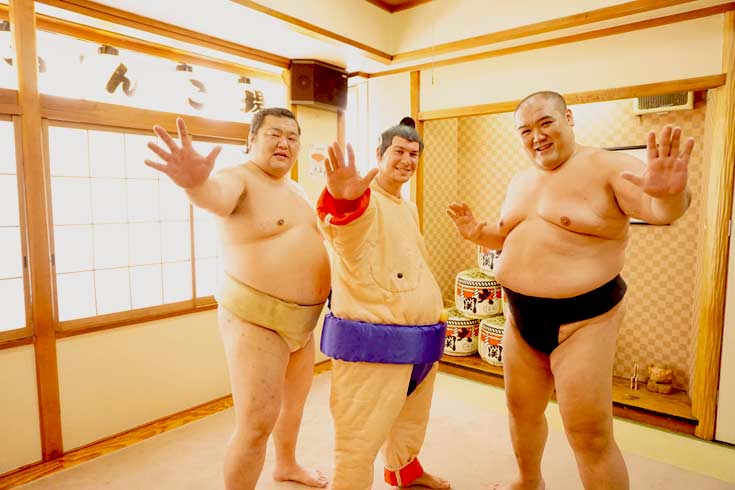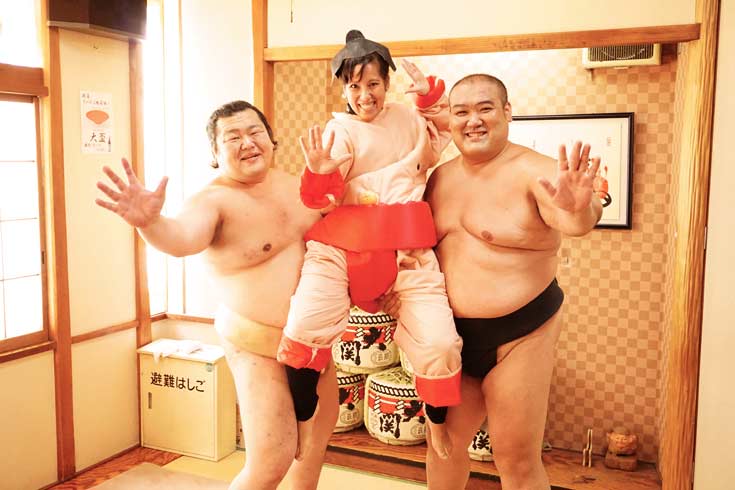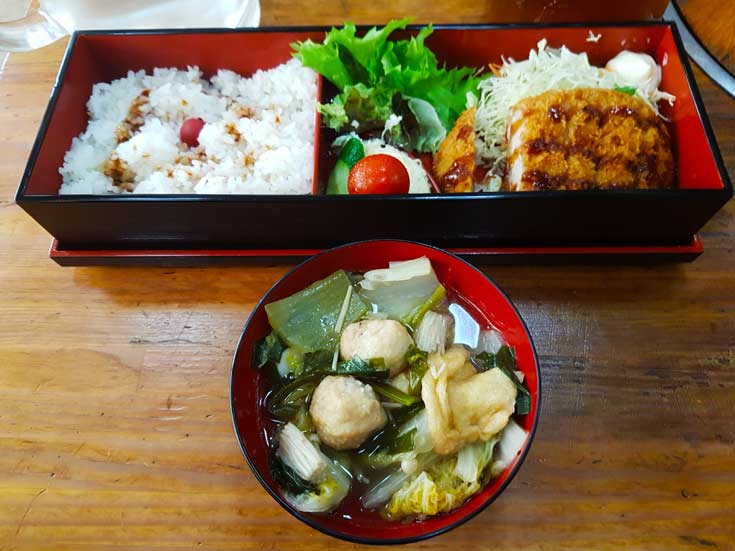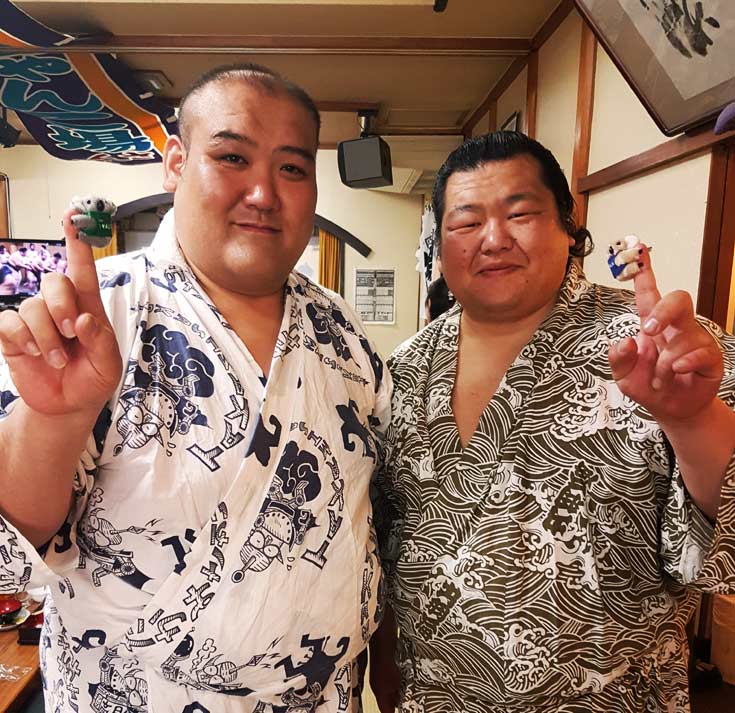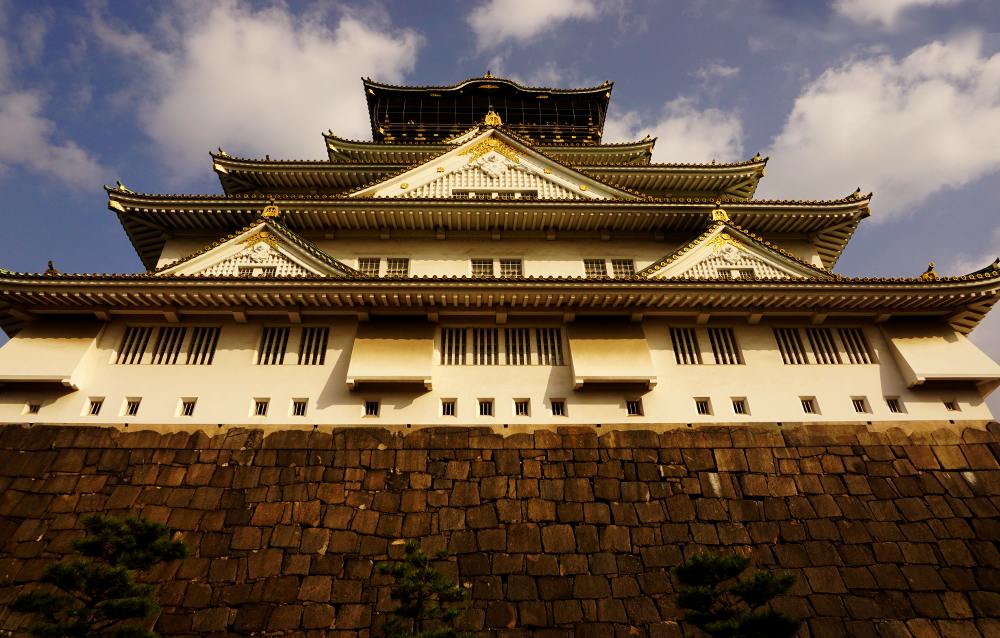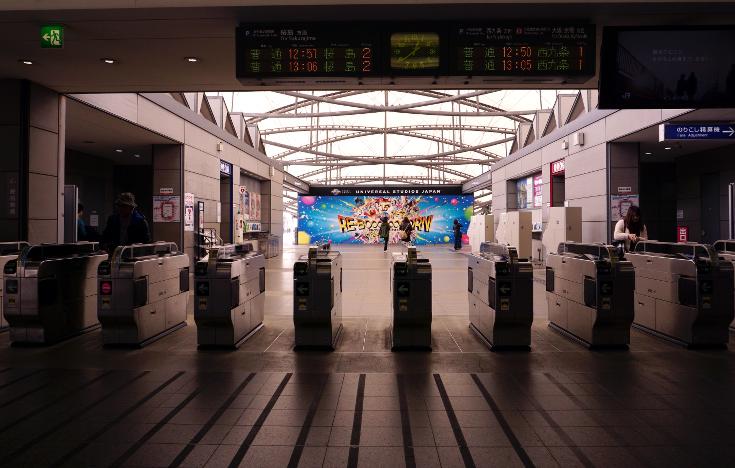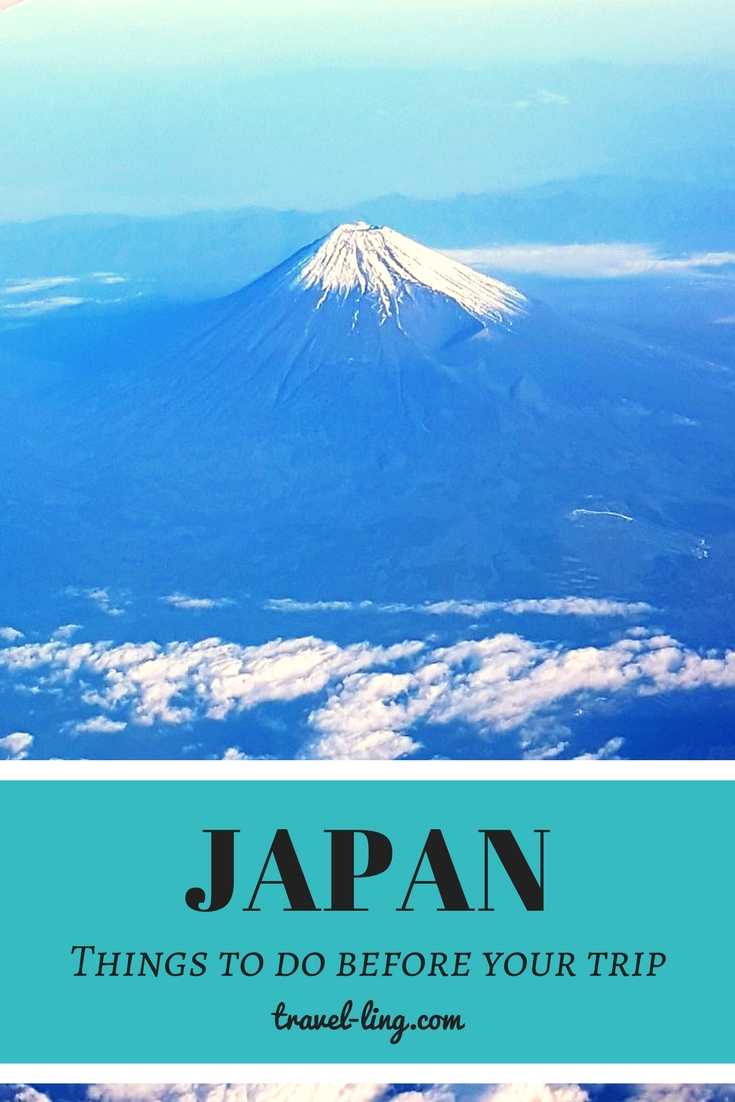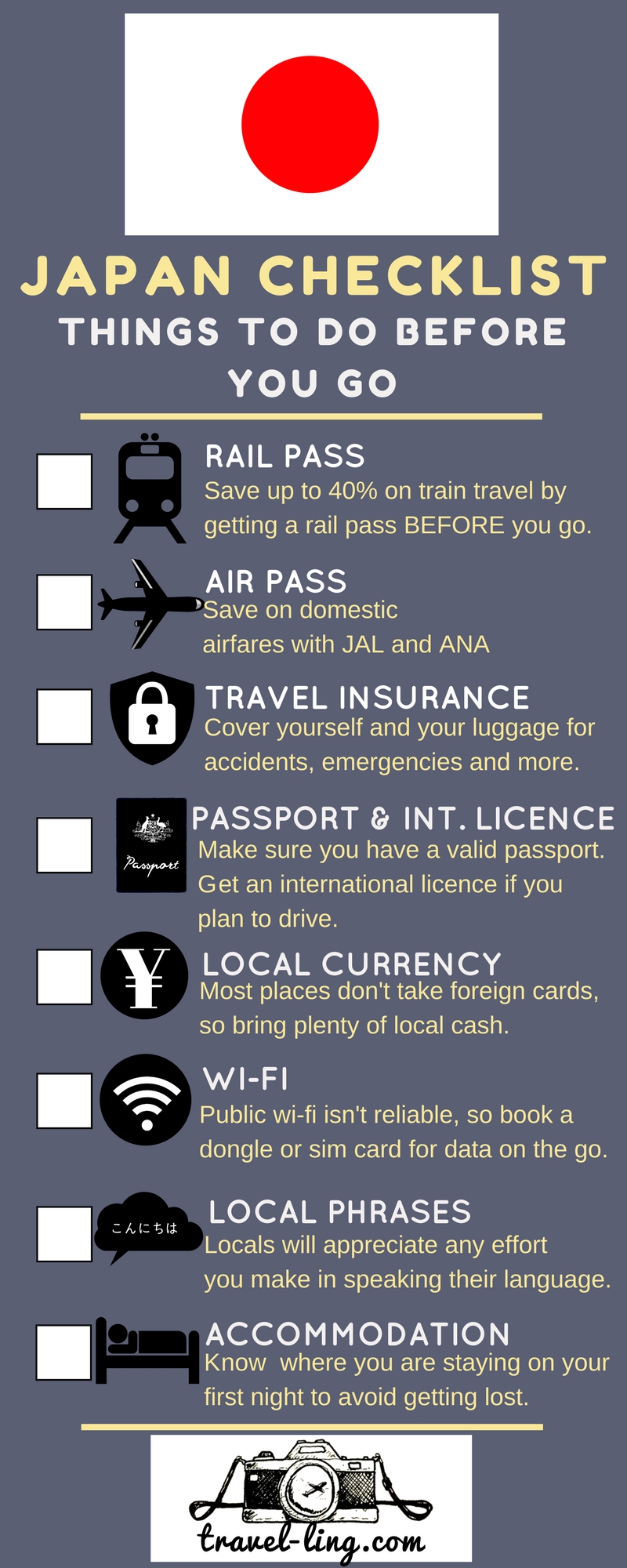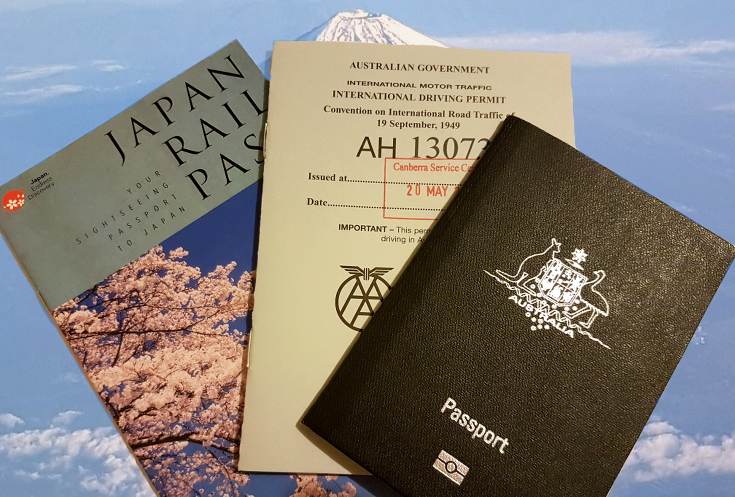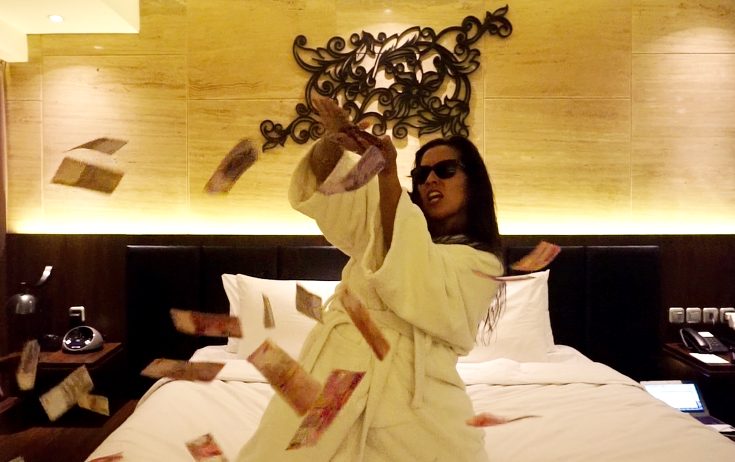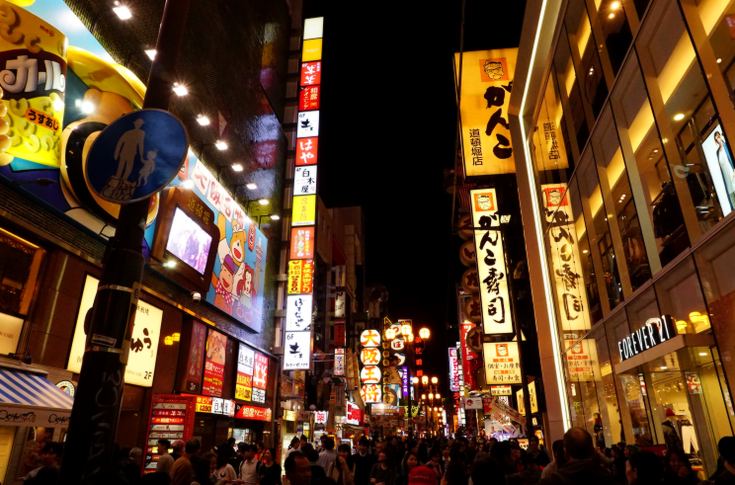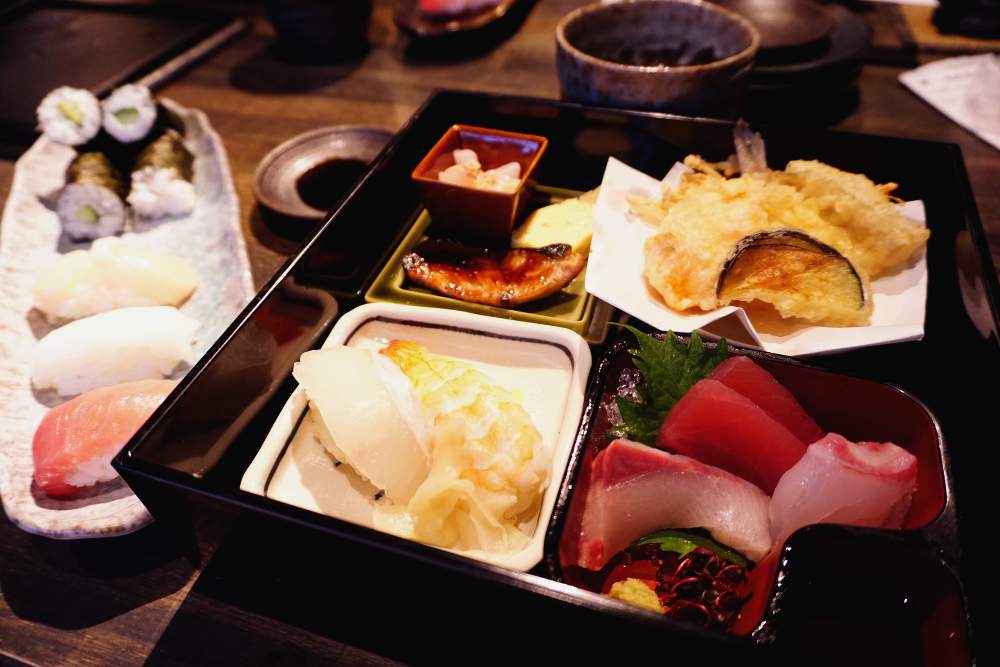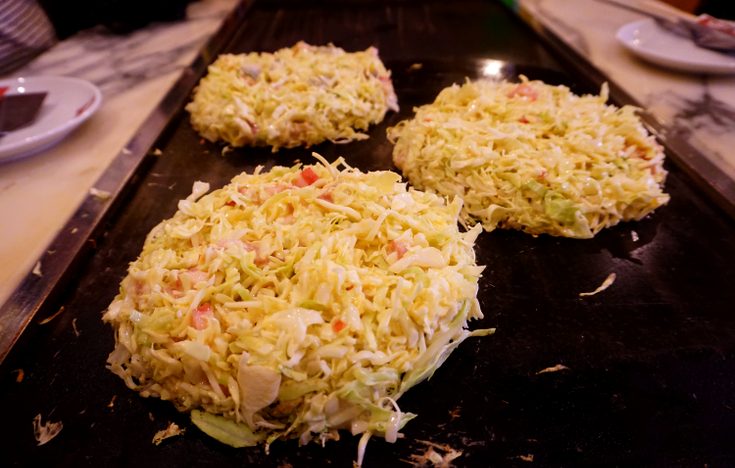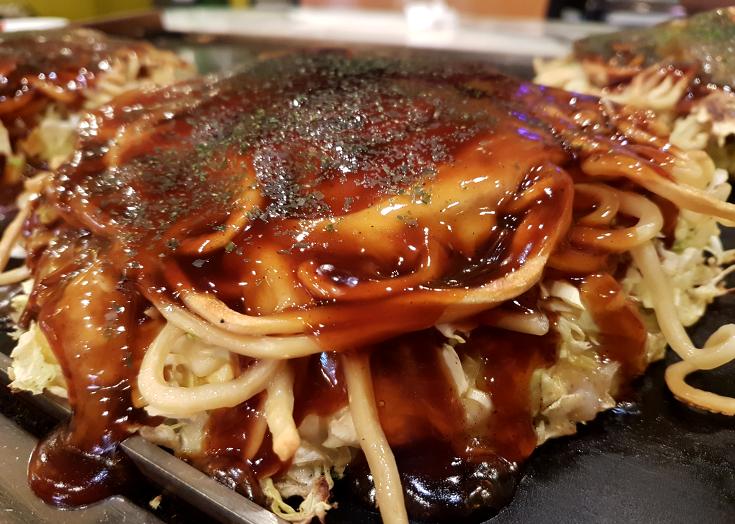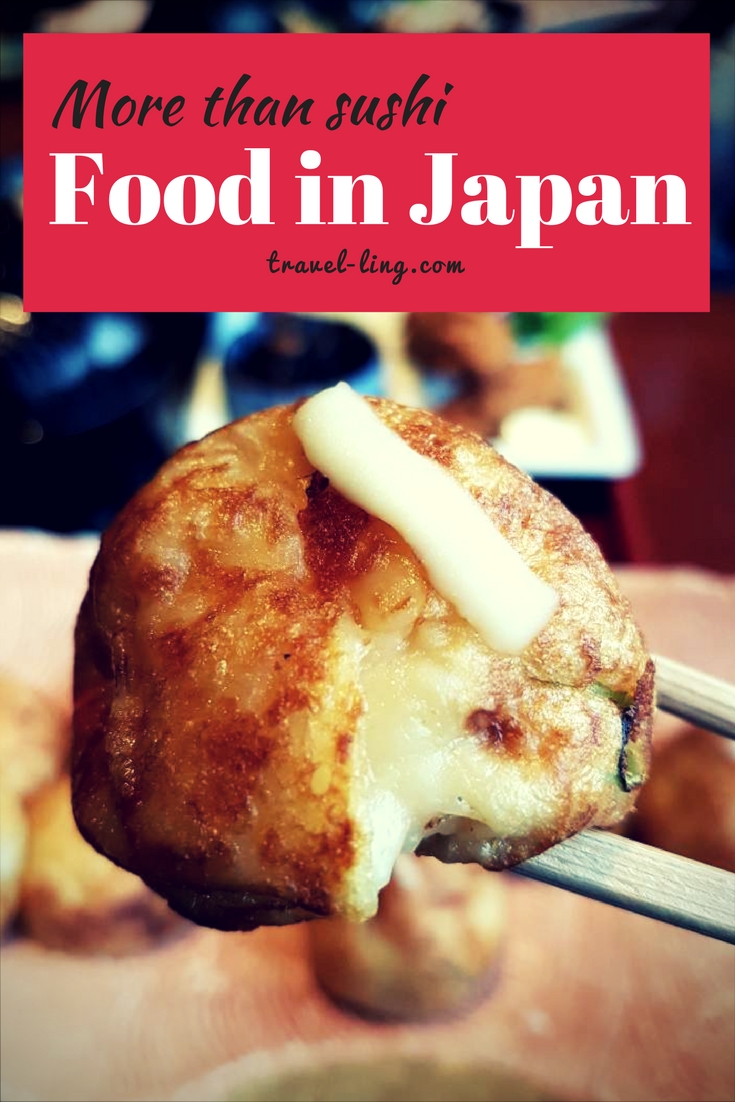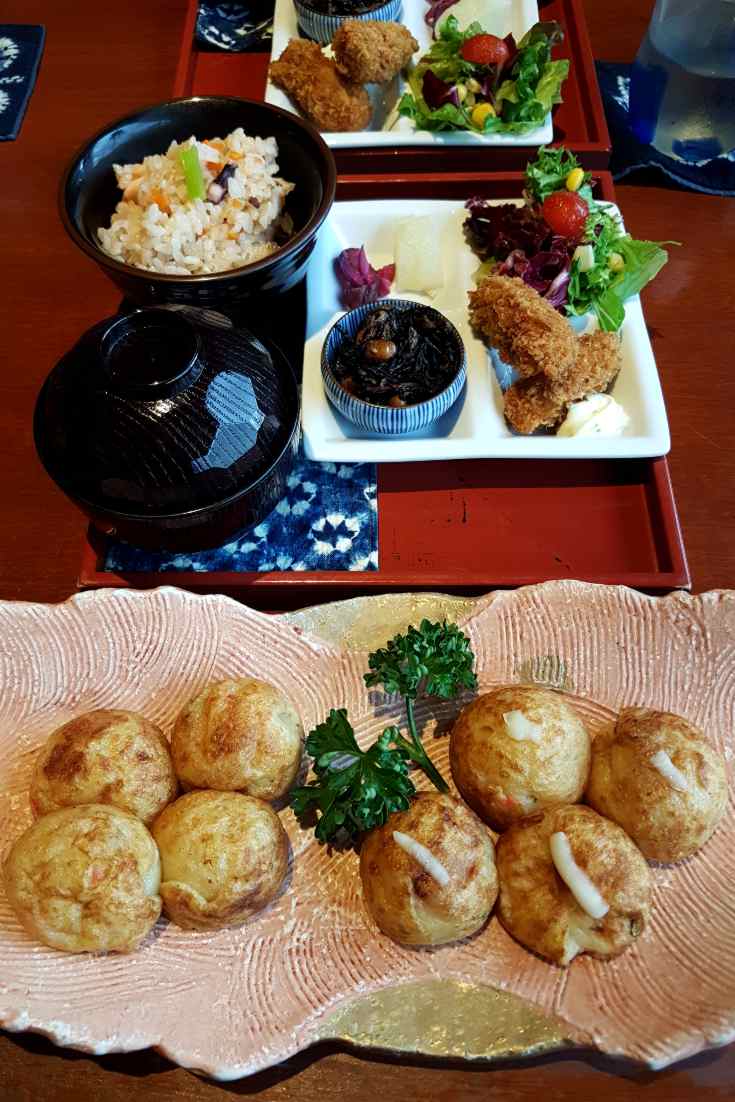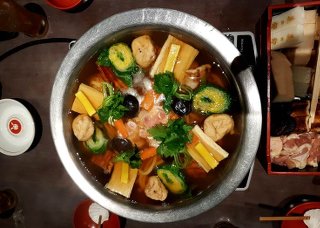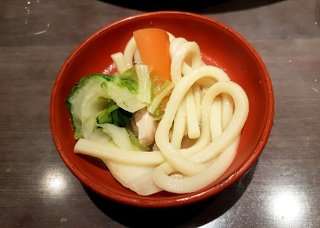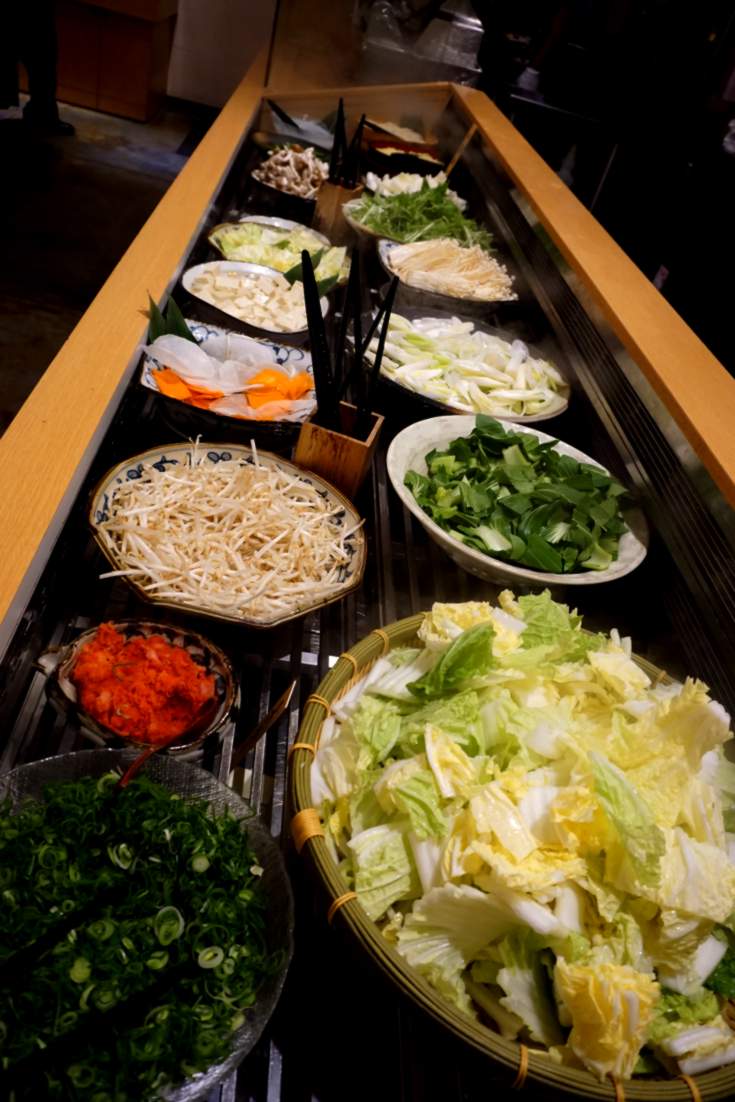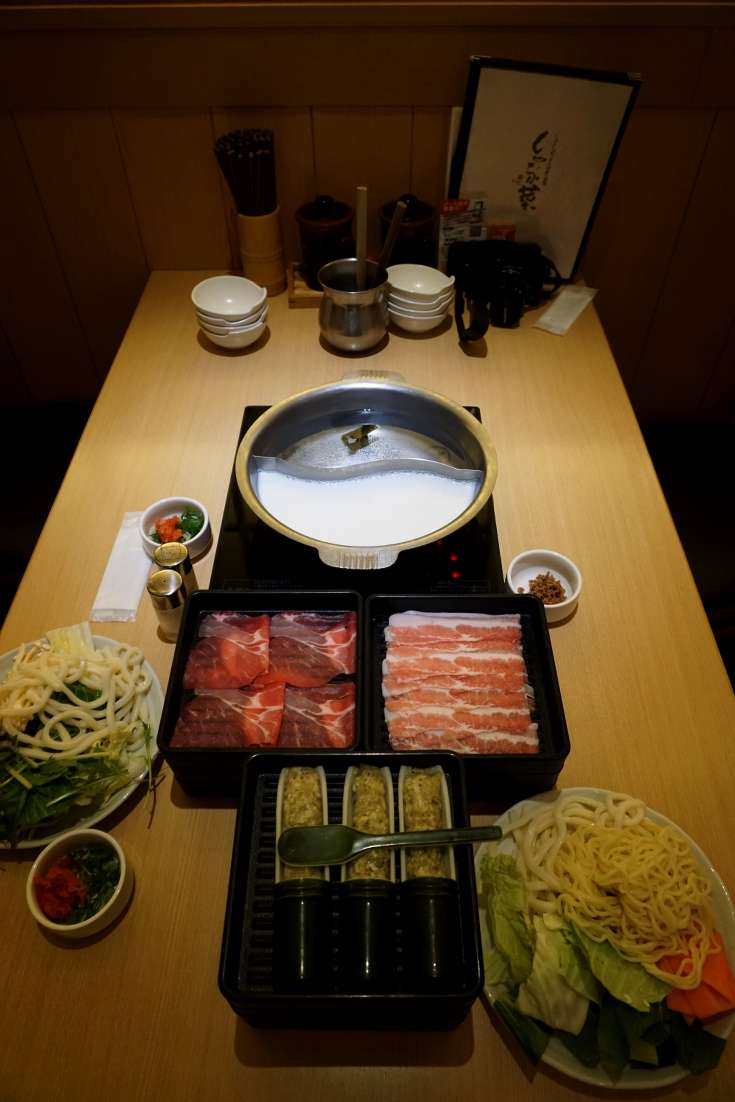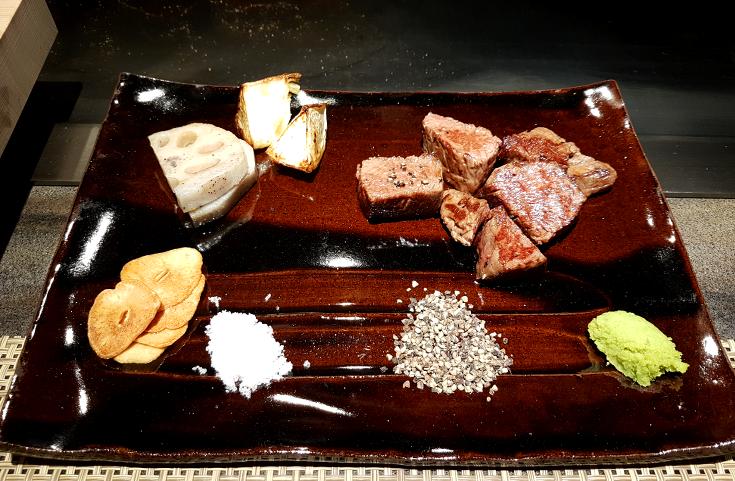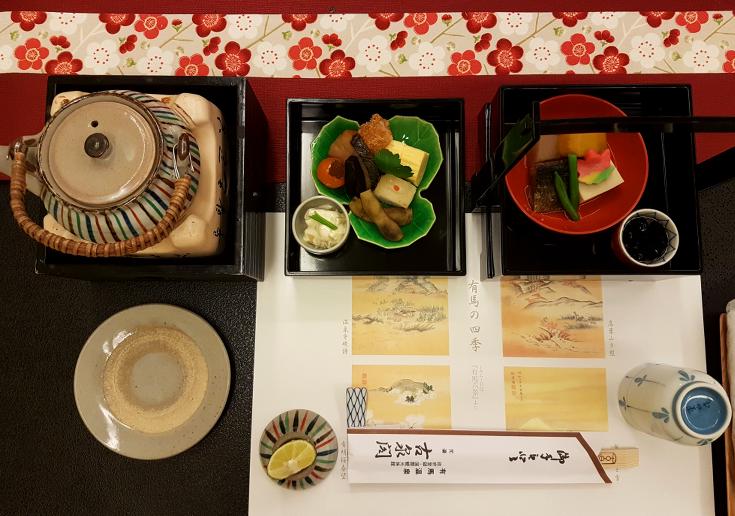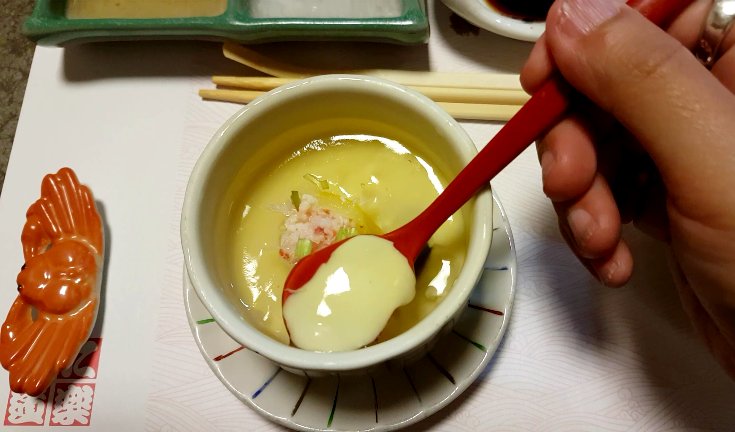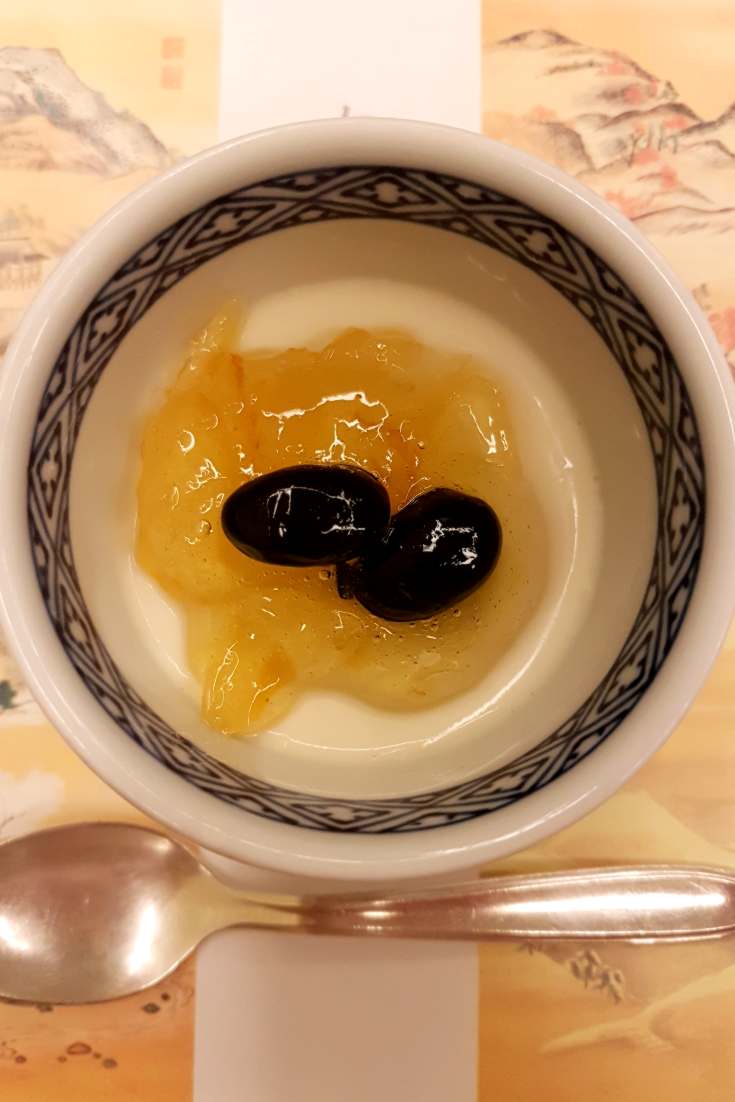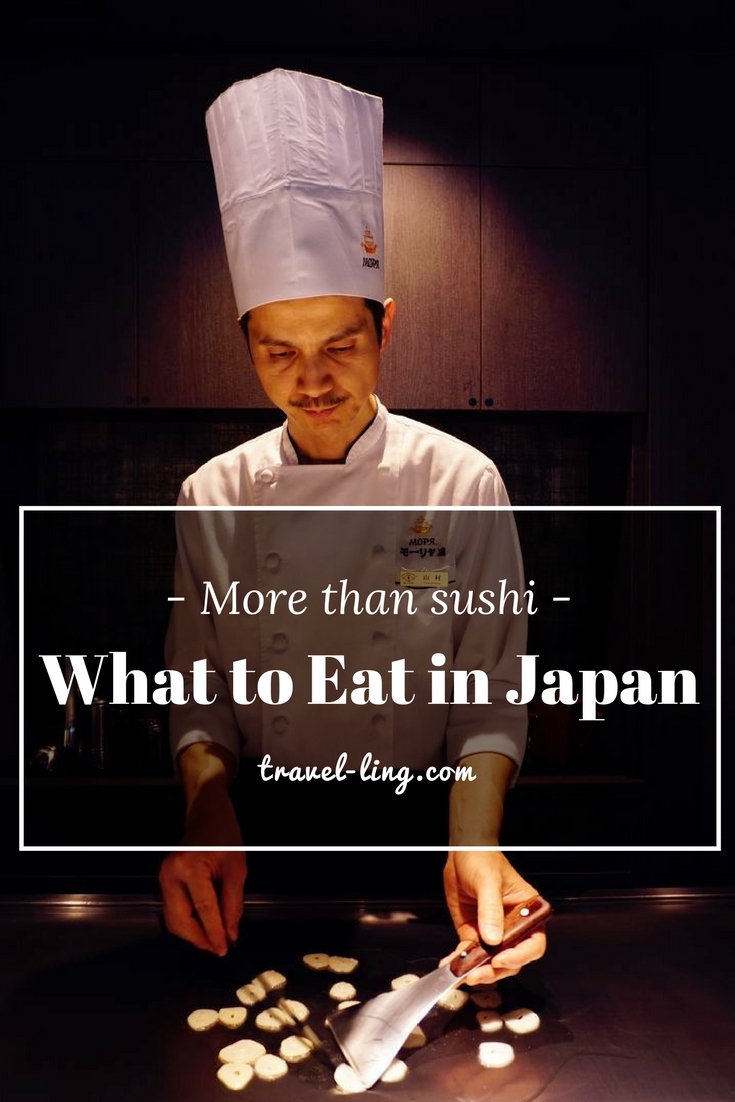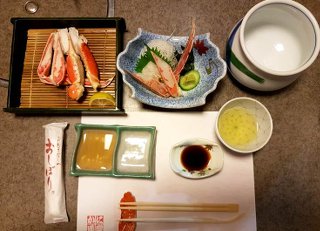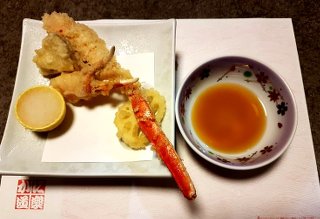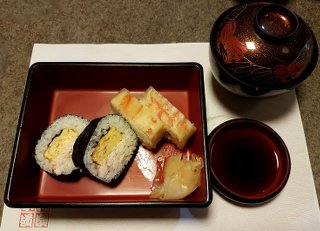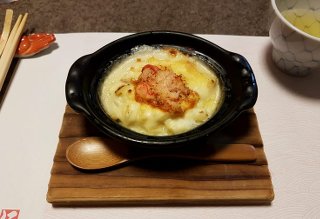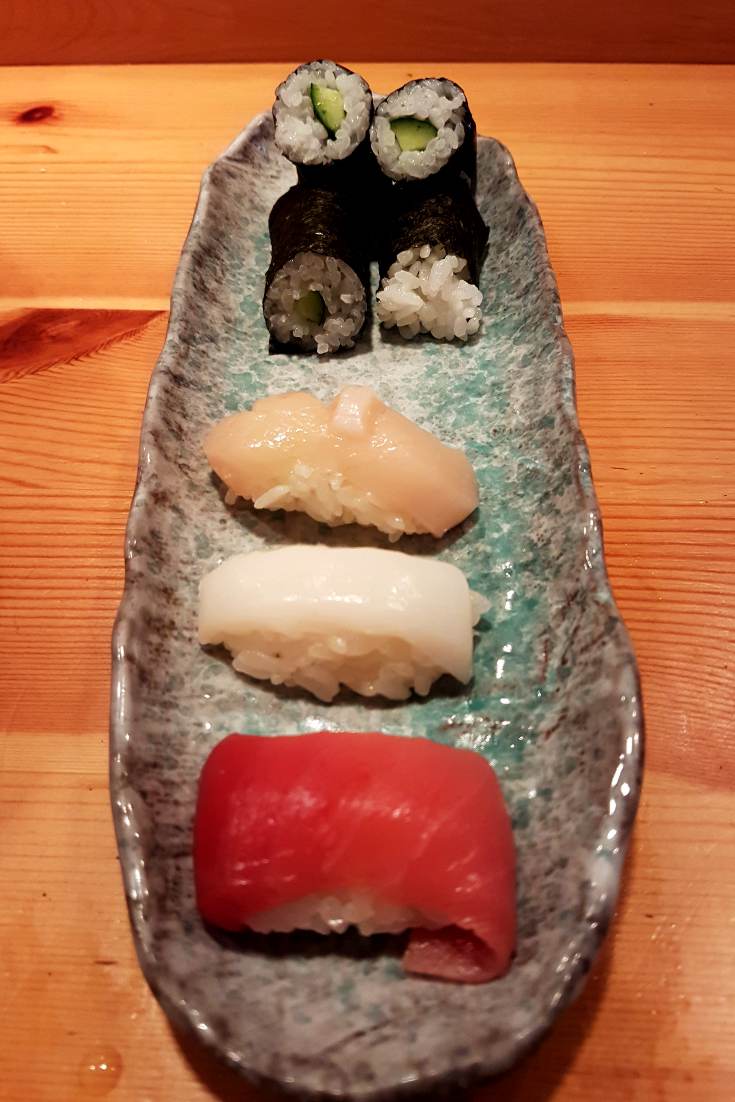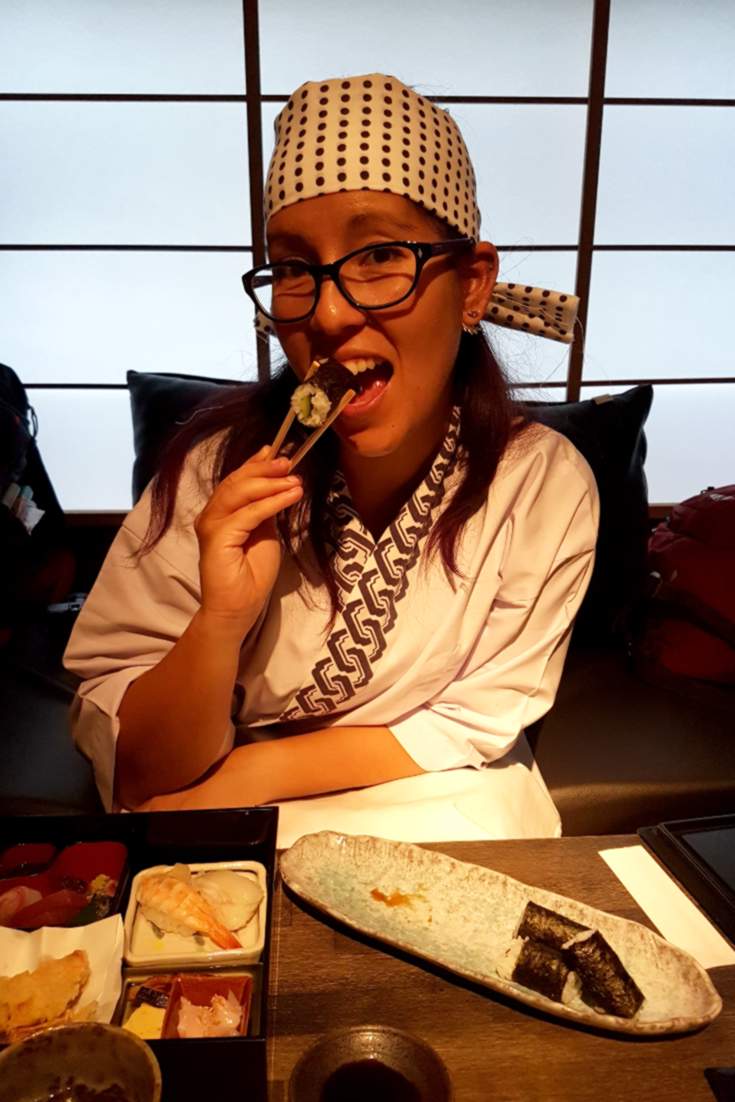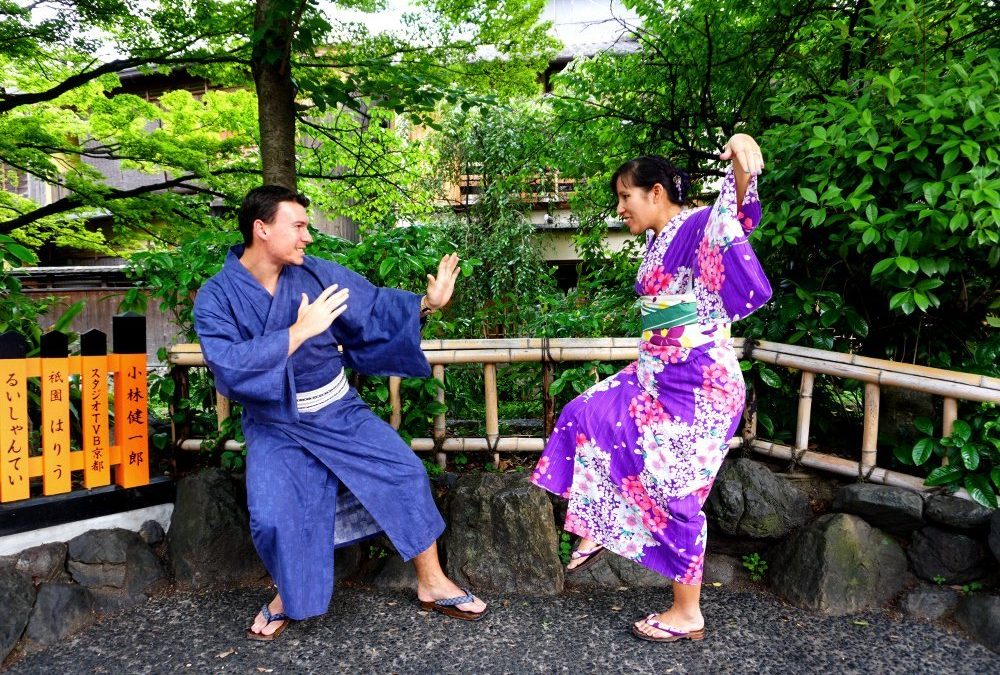
The Ultimate way to explore Kyoto… in a Kimono
The Ultimate way to explore Kyoto… in a Kimono
Couples who kimono together, stay together, right?
Kyoto is known for its exquisite temples and beautifully adorned geishas, dressed in colourful kimonos and yukatas (a lighter and cooler version of the kimono for summer). It also happens to be somewhere where it’s completely normal for tourists to dress up in said kimonos and yukatas and wander the city. Not one to ever turn down an opportunity to play dress up, I was excited to be made over by Kyoto Kimono Wargo in a yukata and walk the walk, clogs and all!

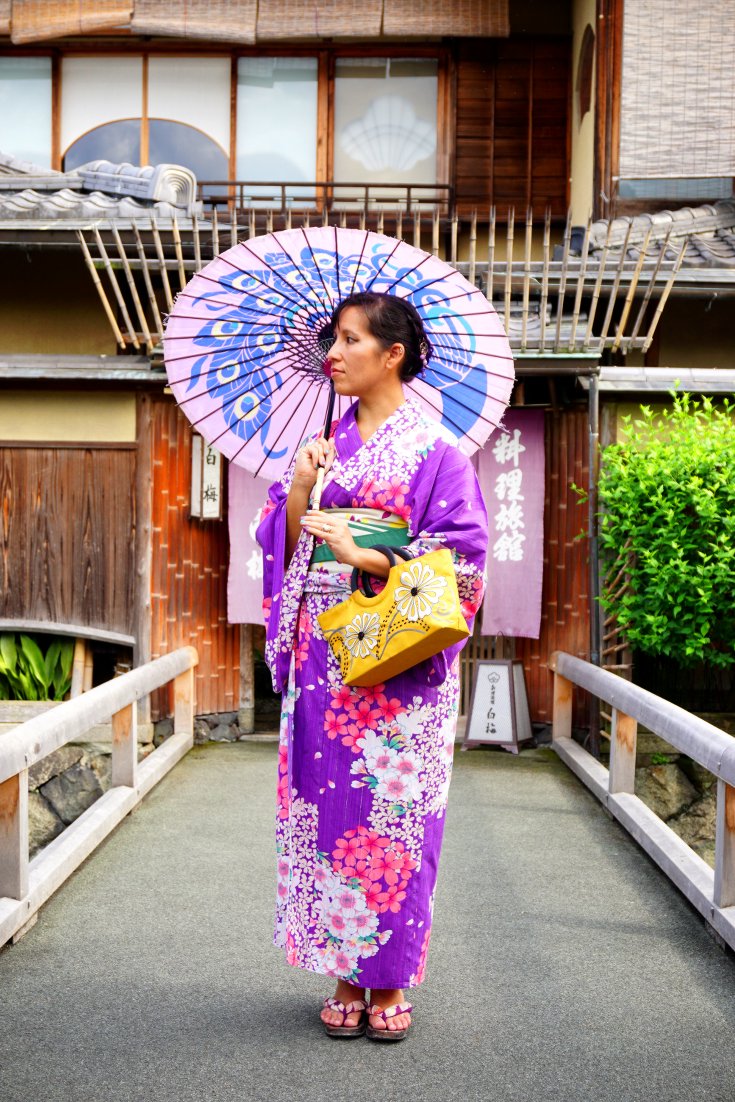
Seeing the sights and being the sights in Kyoto
Although somewhat gimmicky, renting a kimono, or in our case a yukata, and doing sightseeing is a fun way to explore Kyoto. It gave us the opportunity to really embrace a part of Japanese culture. There is something undeniably romantic about wandering through picturesque streets, lined with traditional wooden merchant houses in full Japanese dress-up. It’s a perfect way to immersive yourself and find a connection to the place. And before you know it, you are part of the sights, and for many passers by, the perfect feature in their keepsake Kyoto photos.
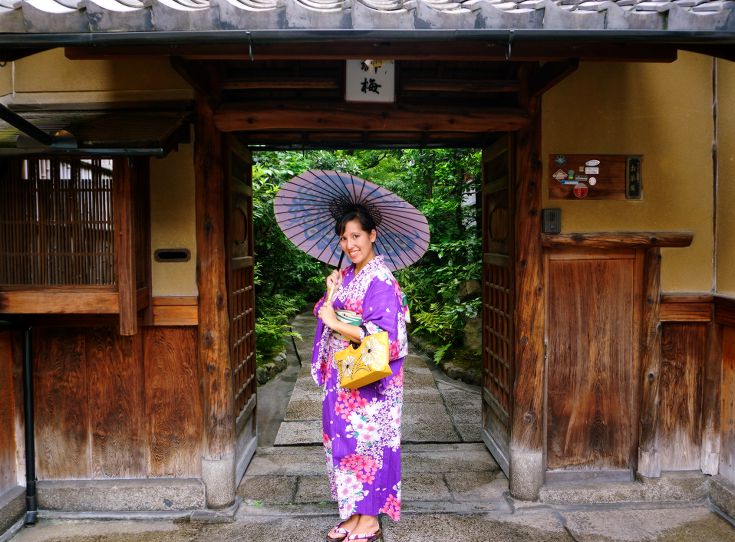
Heading to Japan soon?
Check out our checklist of things to do before you go!
Where to hire a Kimono / Yukata
Kyoto Kimono Wargo conveniently have nine stores spotted around Kyoto, and also stores in Tokyo, Osaka, Kanagawa and Kanazawa. We visited the Gion store in Kyoto, as it was only a 5-minute walk from where we were staying. It also happens to be located near Hanamikoji Dori, one of the prettiest streets in Kyoto (and Geisha central).
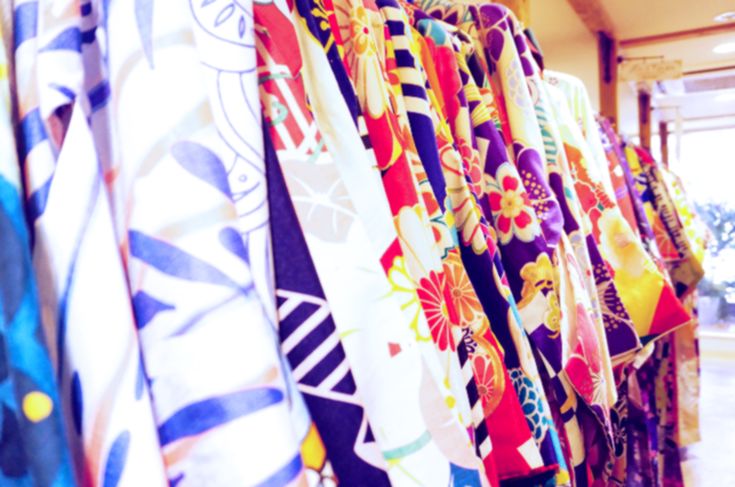
Kyoto Kimono Wargo
Walking inside, we are greeted by very friendly staff and shown to the racks of colourful yukatas. Suddenly I was engulfed in a textile rainbow of colour and floral patterns. After choosing a yukata, we are presented with an array of bright obi (the fabric belt) and accessories before being taken to our change rooms to be dressed.
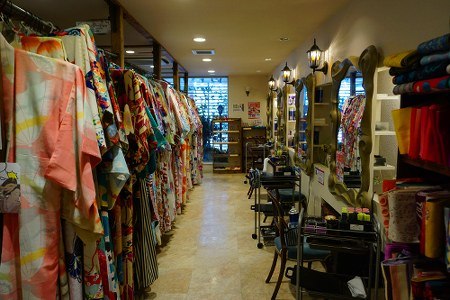
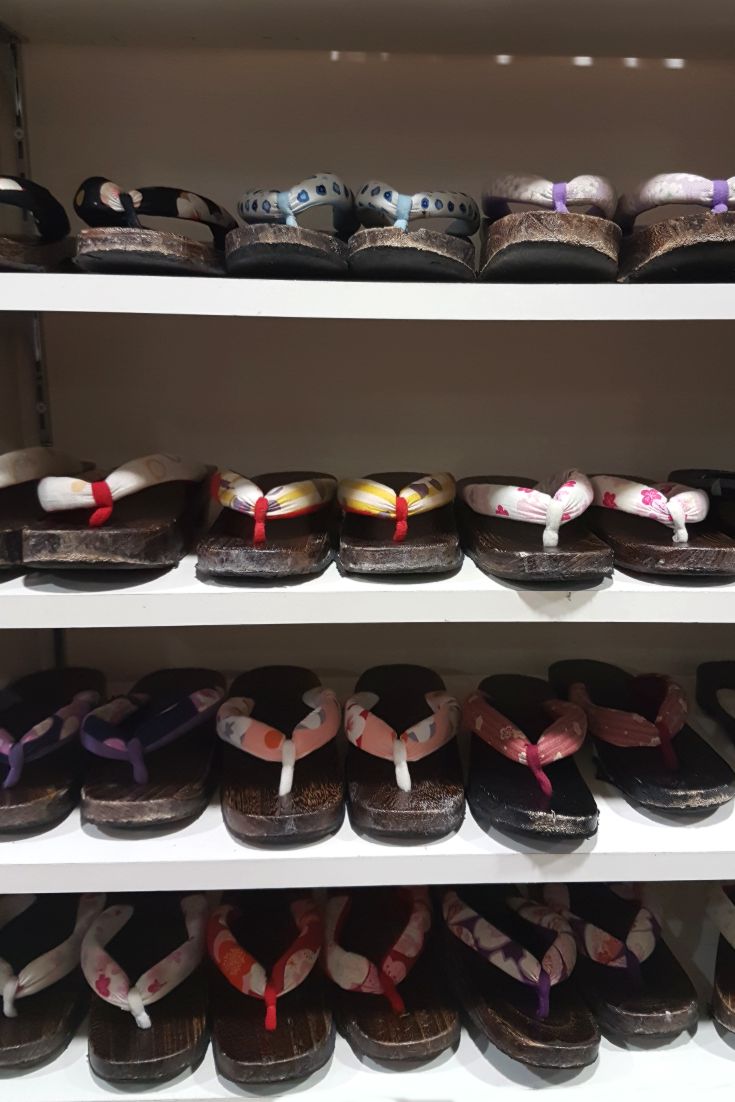
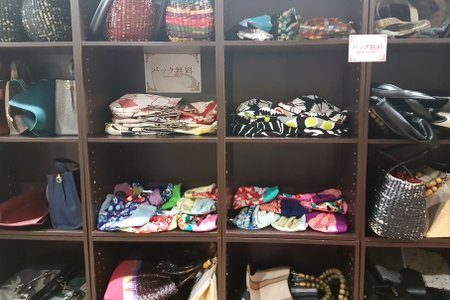
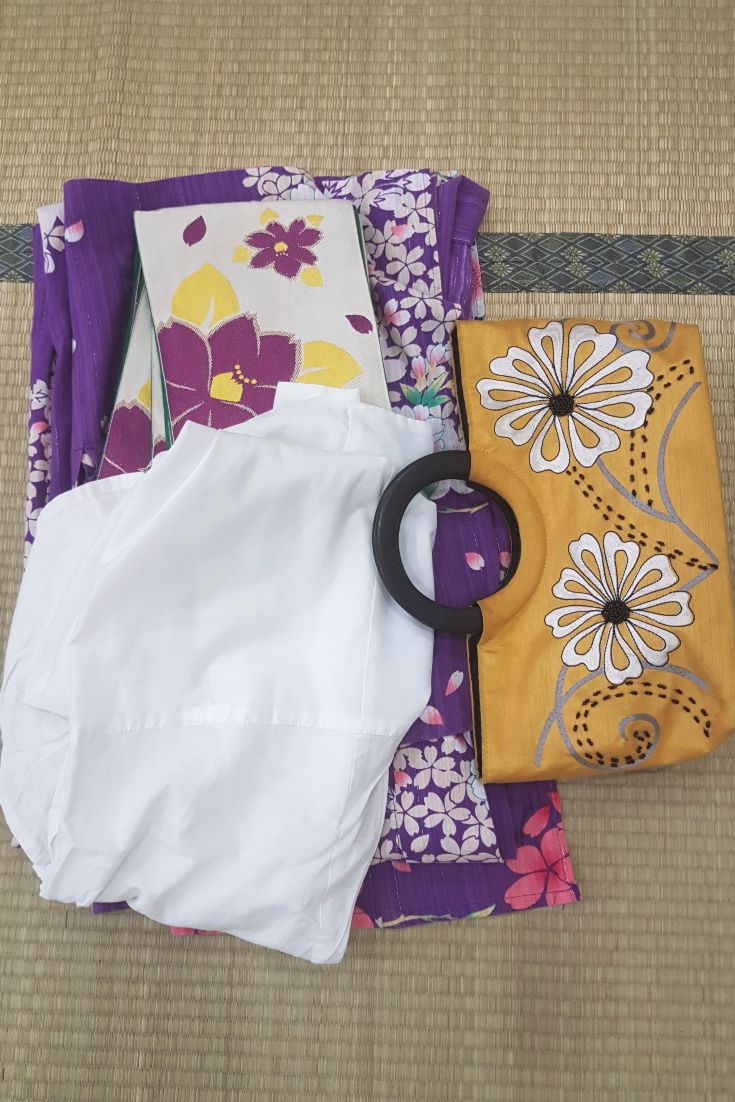
Wearing the Yukata
There’s actually quite a bit to wearing a kimono or yukata, with layers of undergarments and special ways of tying everything together. I was wrapped with padding around my stomach (like I needed more!) and a frame before the yukata was added and the obi was meticulously tied in a way to look like a work of art. It felt like I was being wrapped up as a present with the bow on top!
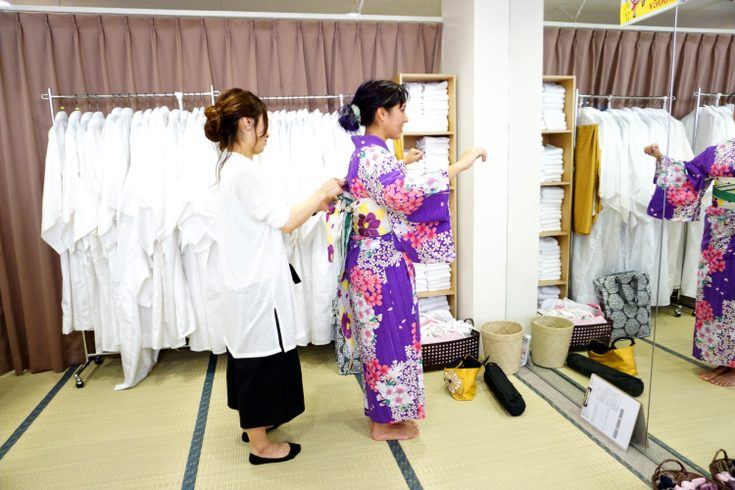
Hair Styling
Then comes the hair styling. You can opt for a hairstyle as an extra, and if you want the full experience, it’s worth it. There are plenty of intricate styles to choose from, and the stylist whipped up something gorgeous in a matter of minutes!
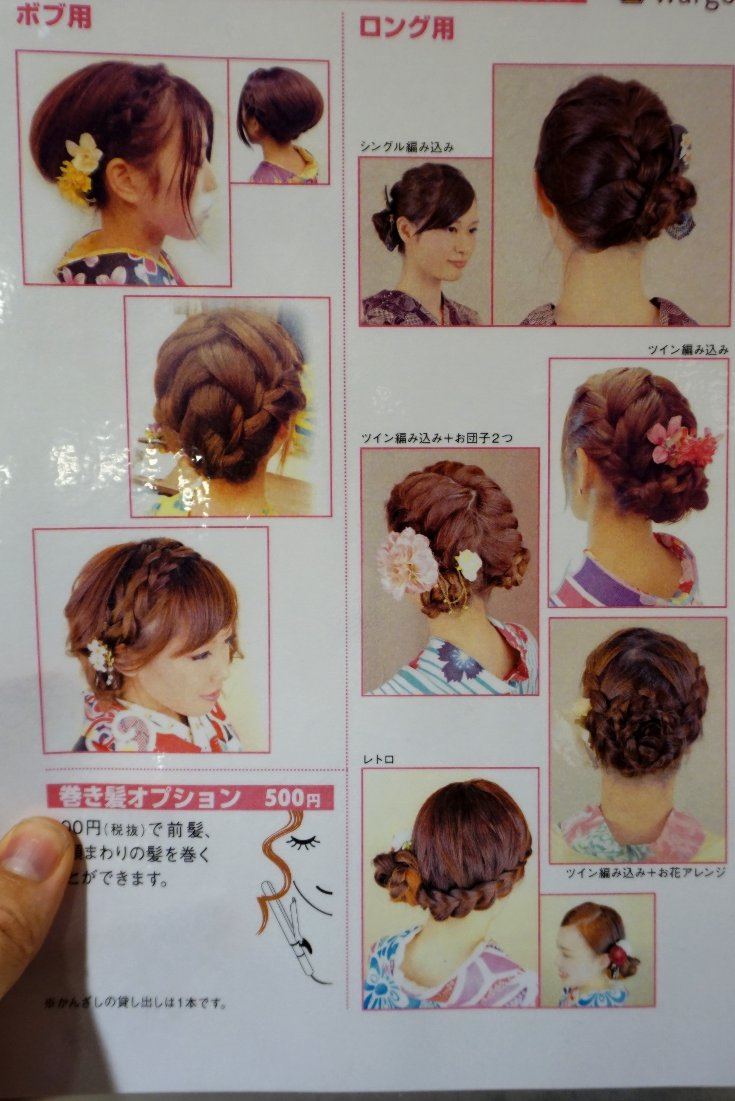
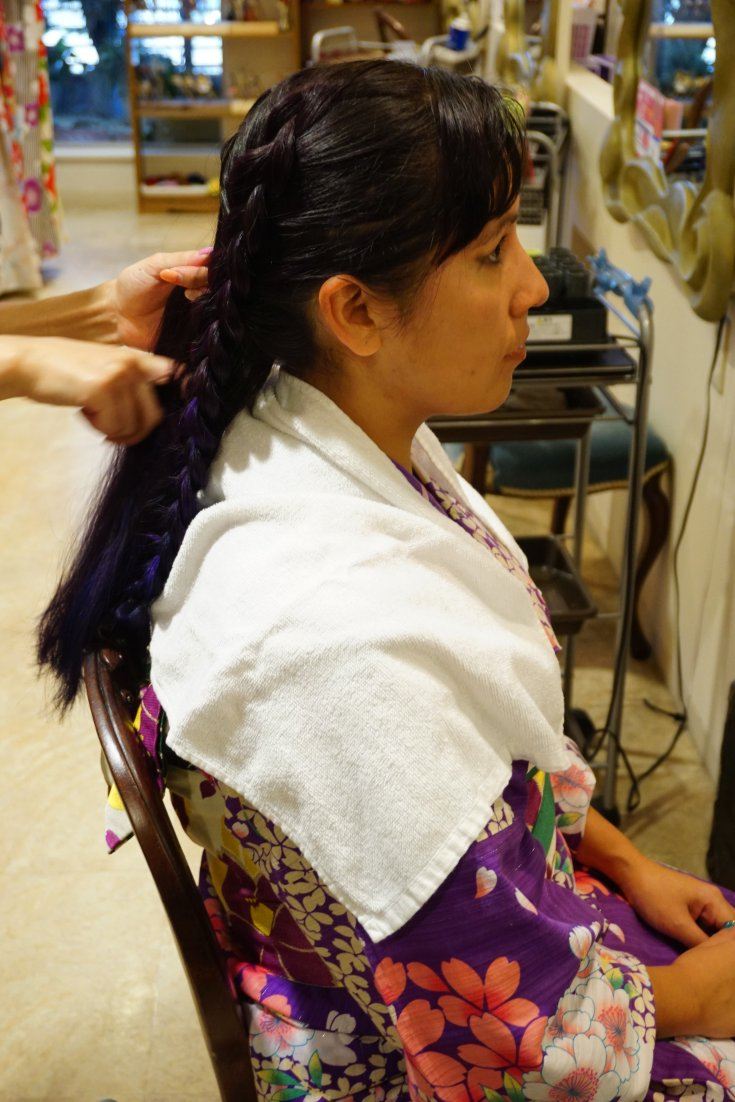
Package options
Kyoto Kimono Wargo provide a variety of options to cater to different budgets and tastes, starting from only ¥2,500 (online price). We opted for the Couples Premium Yukata (with the Premium Hairdo as an extra) and really enjoyed the experience. Each yukata plan includes the Yukata, Obi (belt), Kincyaku (bag) and Geta (thongs/clogs).
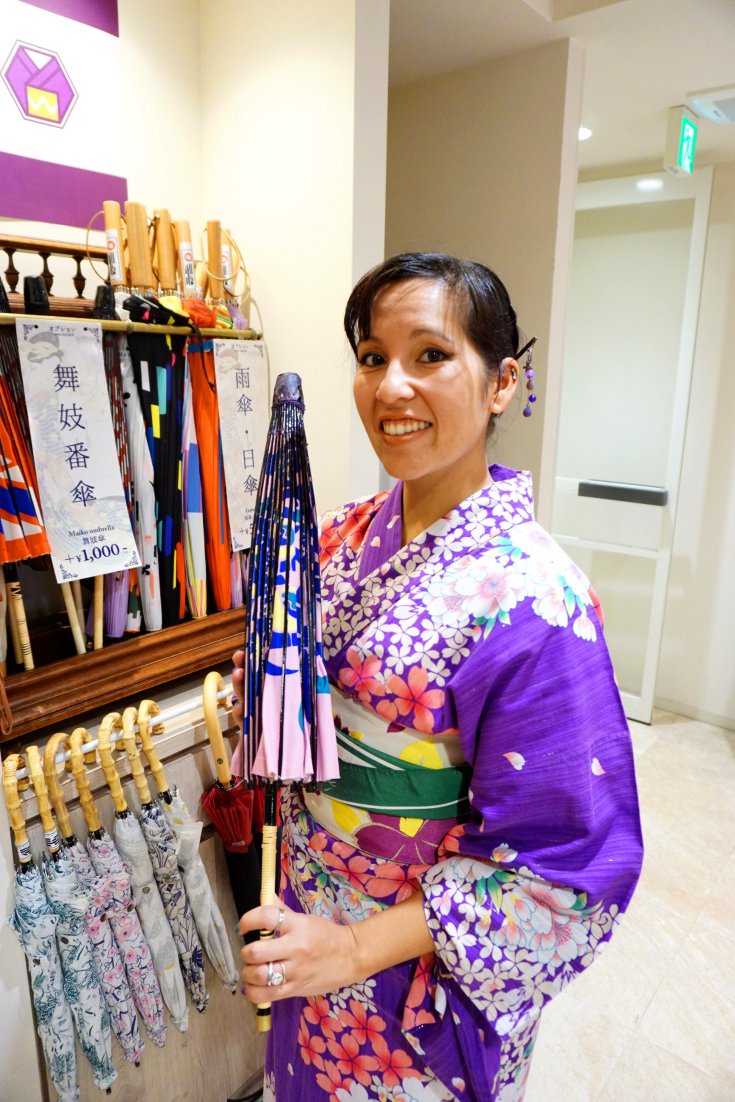
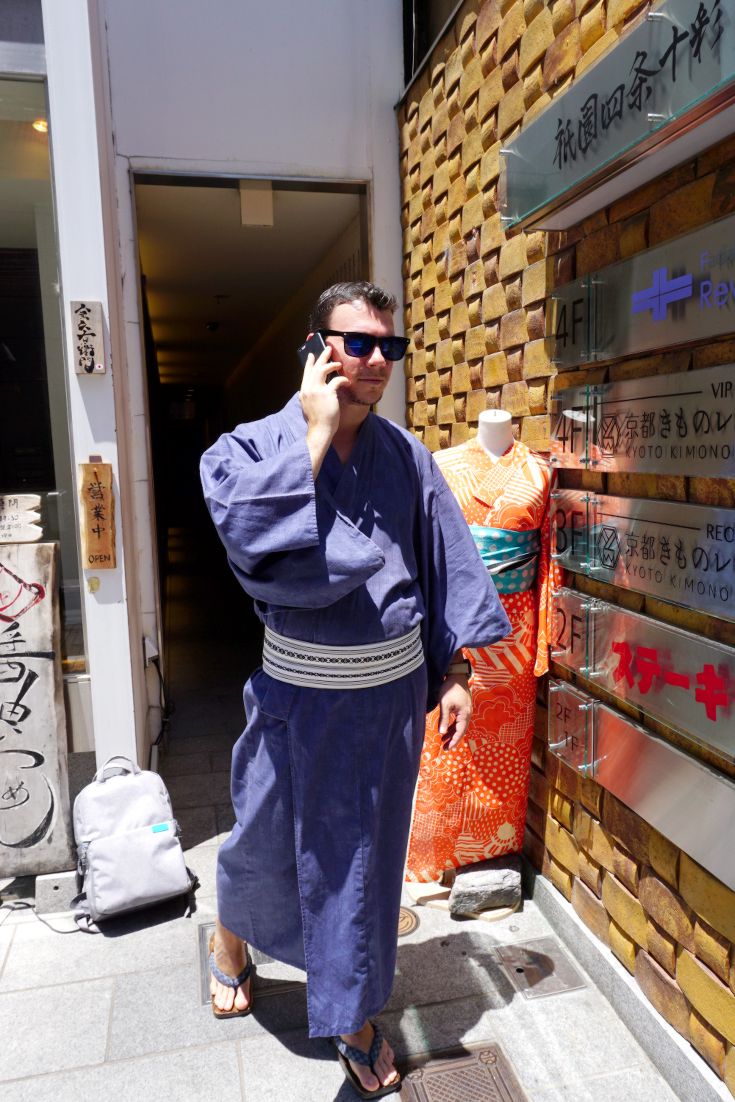
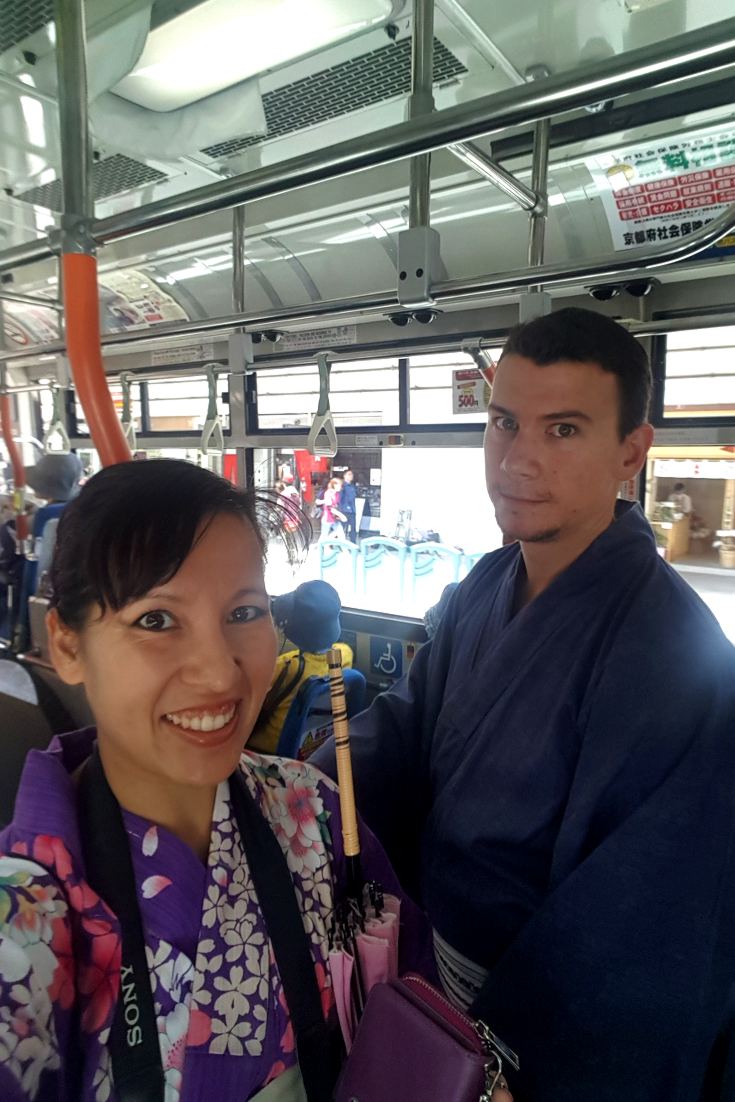
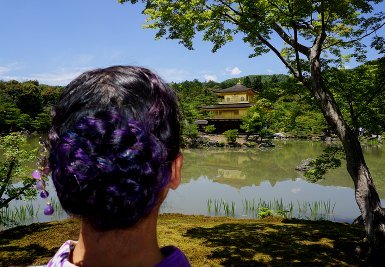
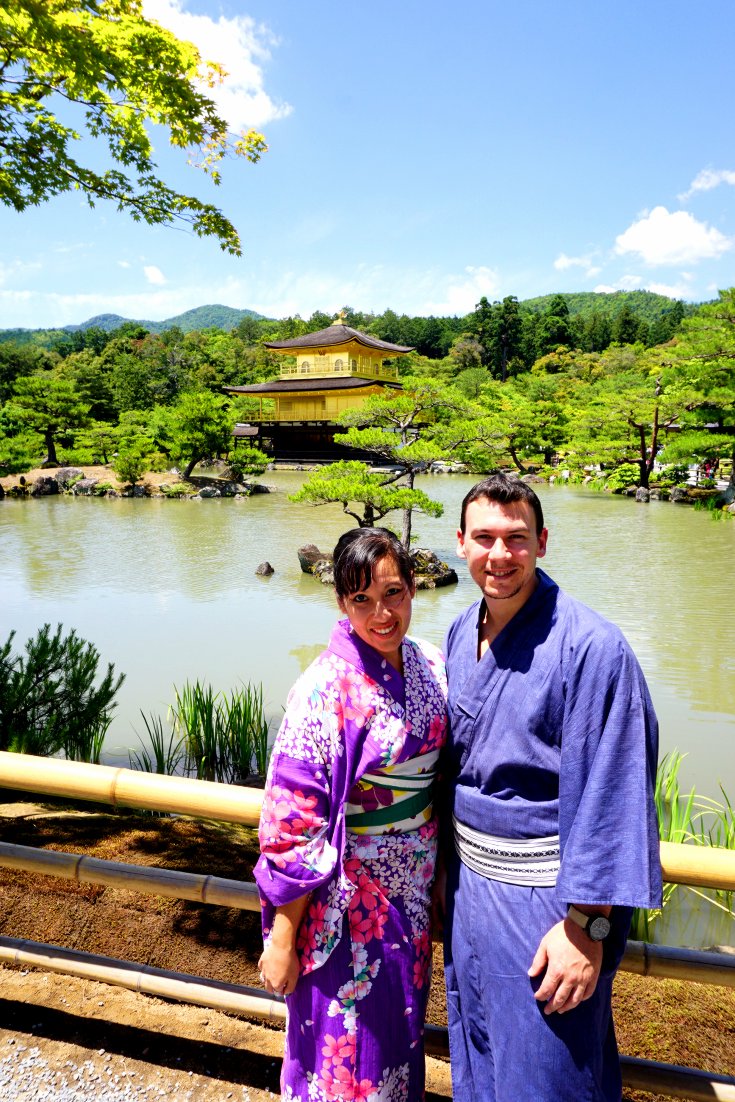
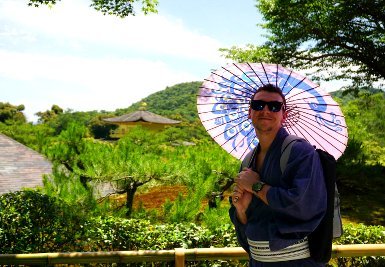
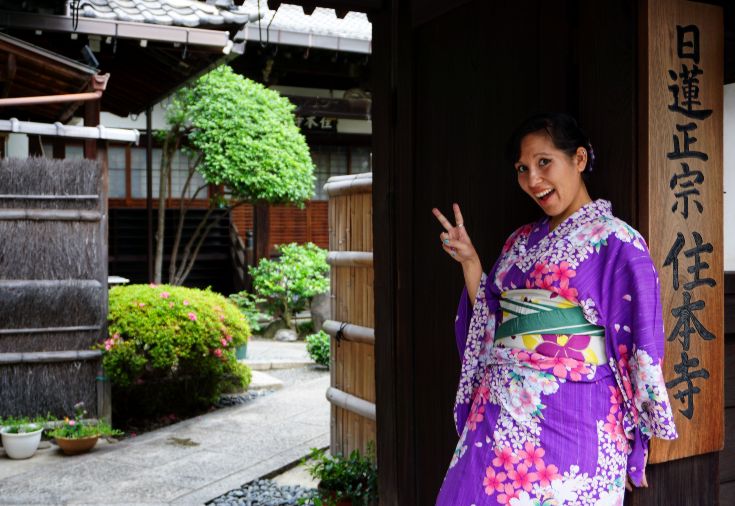
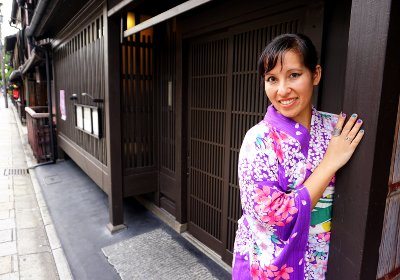
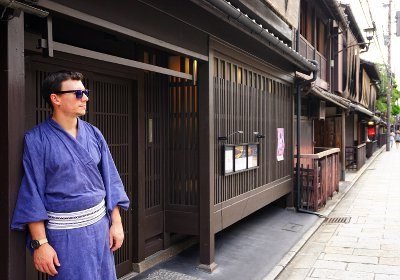
Is it comfy?
Honestly, it was comfier than I expected. It was a steamy summer day in Kyoto and the yukatas were light and breathable. We also did A LOT of walking, so our feet were sore by the end of the day (but whether or not it was from wearing the Geta, or just the 24,000 steps we did, I can’t say).
Japan has some of THE tastiest food!
Here’s what to eat when you are there!
We saw so many tourists dress up in kimonos and yukatas when we were in Kyoto, almost to the point that tourists stood out more if they weren’t dressed up! It’s especially fun to do as a couple or group of friends. I mean, nothing says ‘I love you’ more than dressing up in couples kimonos and spending a day exploring Kyoto’s beautiful sites and having a bit of fun along the way. If you are in Kyoto and want to really treat yourself to a cultural experience, check out Kyoto Kimono Wargo.
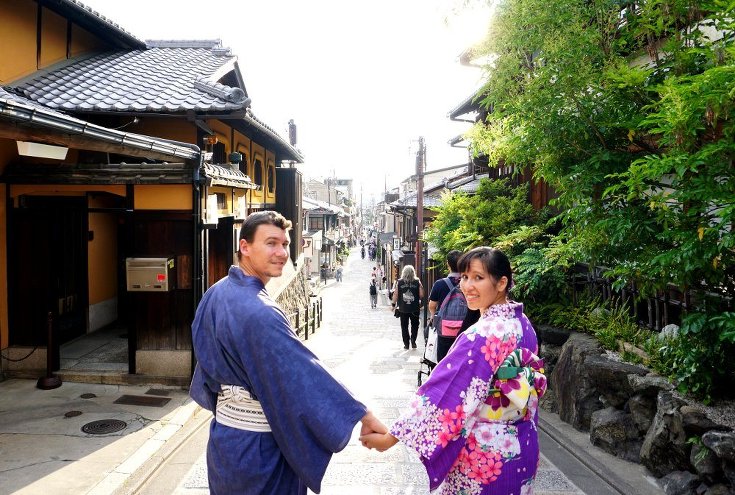
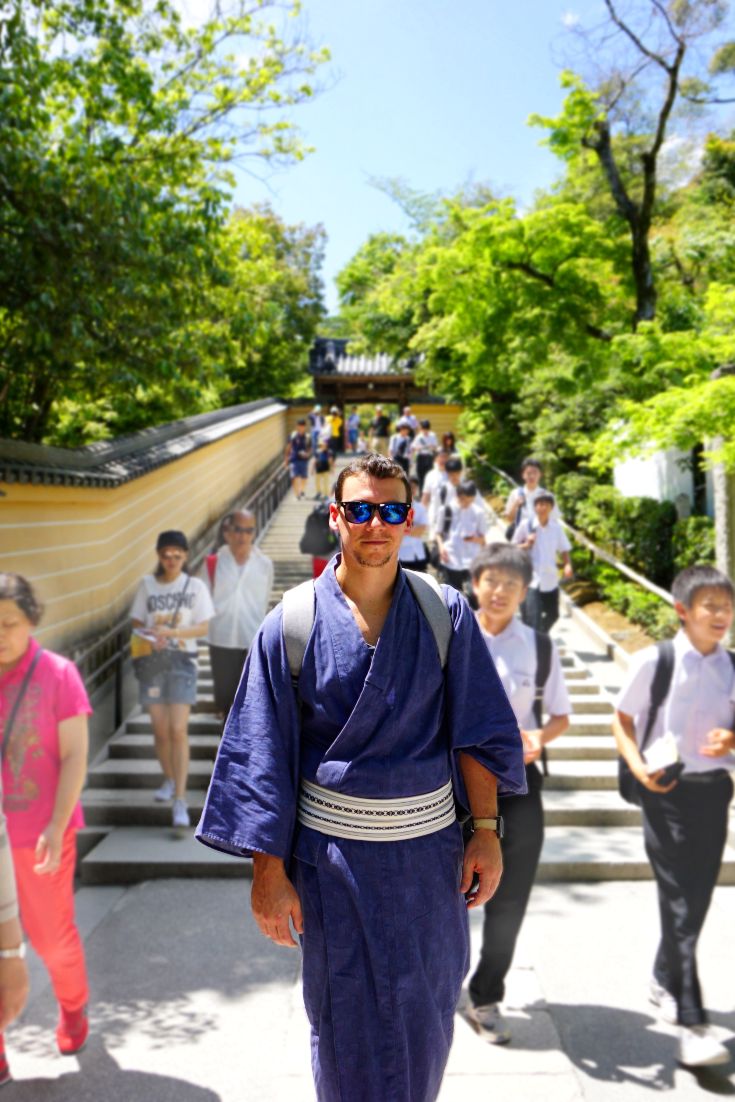

Would you dress up in traditional costume and explore a city? Tell us below!
A warm thank you to Kyoto Kimono Wargo for dressing us up for the day. As always, our opinions and cheesy photos are our own.

